University of the West Indies student Brianna Sampson finds than more than a thousand Giant Radio Galaxies could be hidden in the data of a radio sky survey.
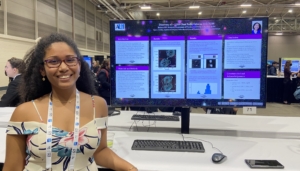
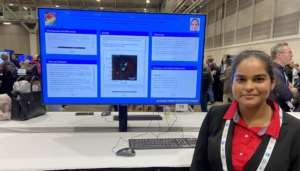
Here There Be DRAGNs
University of the West Indies student Kavita Gosine Bissessar hunts for asymmetrical DRAGNs in the VLA Sky Survey.
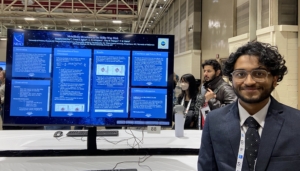
Astronomy is Metal
University of Arizona student Swapnaneel Dey looks at the metallicity of interstellar clouds in our galaxy.
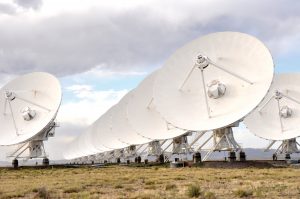
A Tip for Radio Astronomers
Our atmosphere is fairly transparent to a range of radio frequencies, but not perfectly transparent. Astronomers need to know…
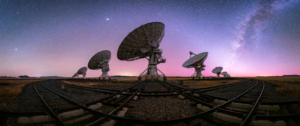
Under the Stars: Astrophotography at the Very Large Array
2,712 miles, 3 covid vaccines, 1000 forms, 4 Trader Joes stops later and I have photographed the Karl G….
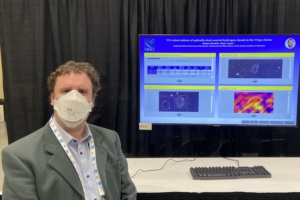
Radio Astronomy Tells a Cloudy Tale
Galaxies are often surrounded by a halo of hydrogen gas. Over time a galaxy can lose this halo, which…

